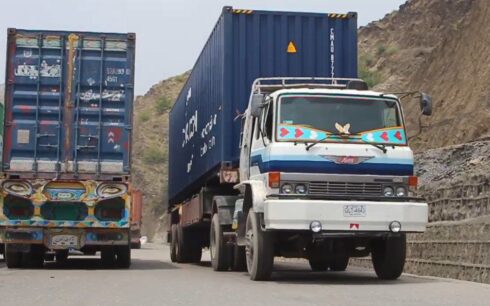KABUL, Afghanistan — The domestic carpet market in Afghanistan has seen a dramatic decline, with sales dropping by 80 percent since the Taliban’s takeover of the country, according to local sellers. The ongoing economic crisis has forced many carpet shops in Kabul to close their doors.
“I’ve had a shop in Kabul for 23 years, but with all the carpets I have, I don’t even have 5,000 Afghanis to my name right now,” said Hakim, a longtime carpet seller. “I’ve fallen behind on paying my rent for the past six months. People are struggling; they don’t buy carpets anymore. The wealthy have left the country, and the poor can’t afford them.”
The downturn in the carpet trade is starkly evident when compared to the period before the Taliban assumed control. According to the Carpet Exporters Union, Afghanistan exported less than 177,000 square meters of carpet in the first three months of the current solar year (March 22, 2024, to June 22, 2024). This marks a significant drop from the more than 272,000 square meters exported during the same period in 2021.
Prices have also plummeted. Sellers report that a 12-square-meter carpet, which once sold for 100,000 Afghanis before the Taliban’s rise to power, now fetches just 40,000 Afghanis—a reduction of more than 50 percent.
“The carpet market has declined sharply; people simply can’t afford to purchase carpets anymore,” said Nasim, another carpet seller in Kabul.
Afghanistan’s carpets, renowned for their quality, traditionally found markets in several countries. However, the export business has struggled due to a lack of facilities and support since the change in government. Under the previous administration, carpet exporters benefited from subsidies that have since been discontinued, adding to the challenges faced by traders.
Adding to the industry’s woes, some sellers report that Afghan carpets are now being smuggled into Pakistan, from where they are exported to the United States and other countries, further undermining local business.
The collapse of the carpet trade is yet another indicator of Afghanistan’s deepening economic crisis, as the country struggles with widespread poverty and the effects of international isolation.




